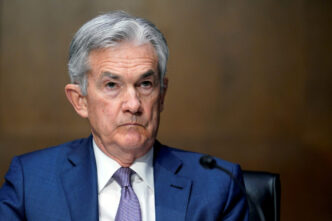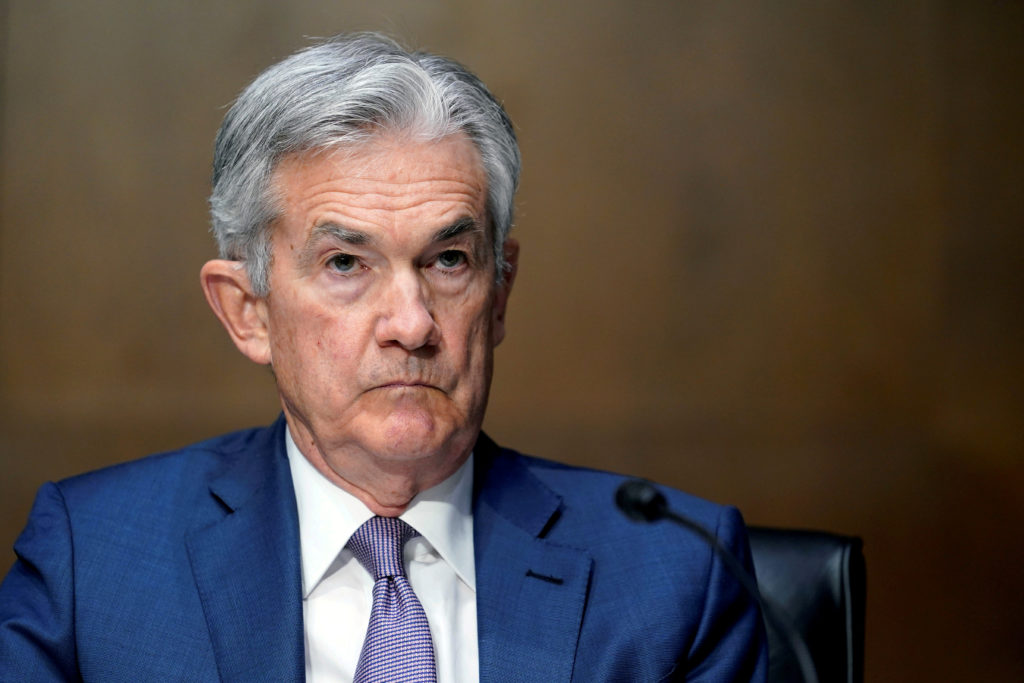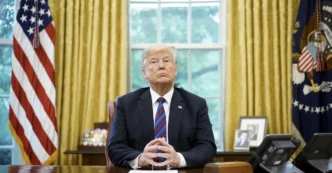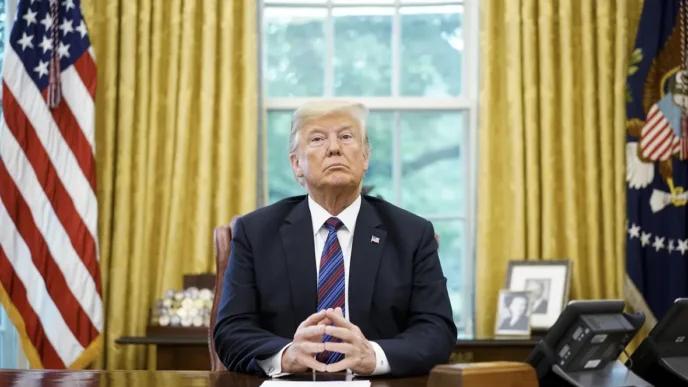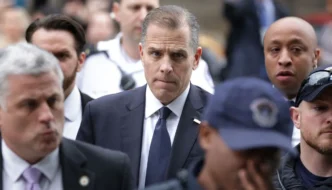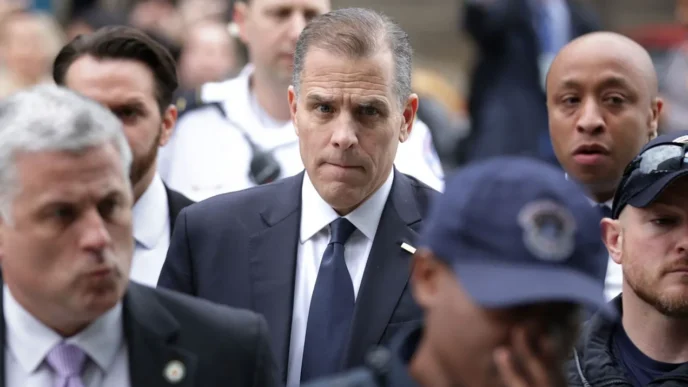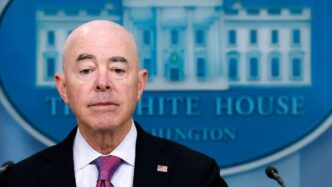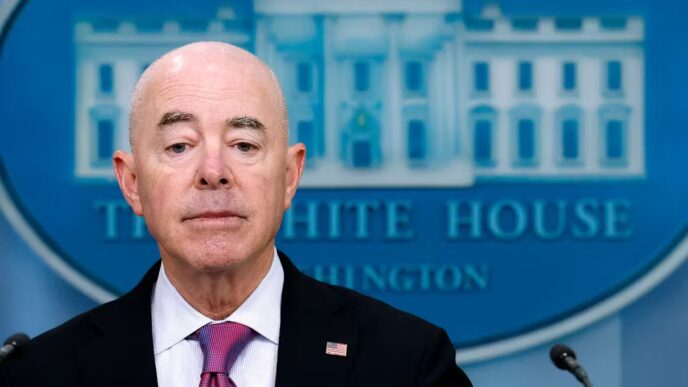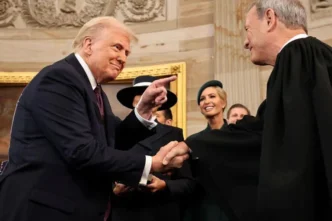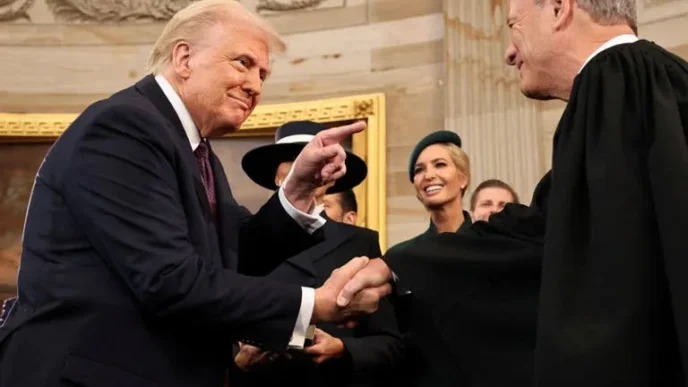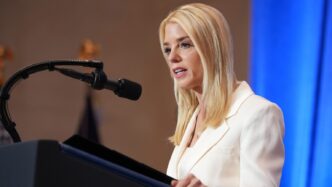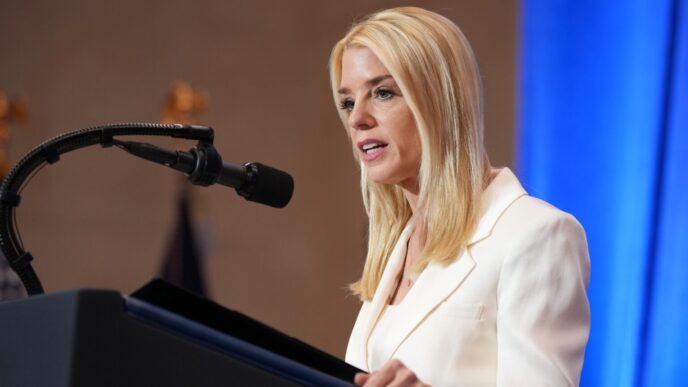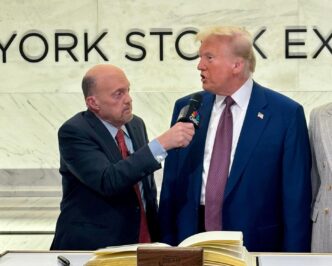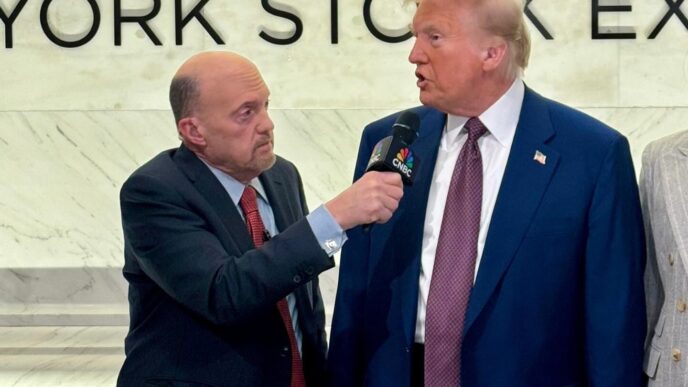Recent reports have sparked speculation that Jerome Powell, the Chair of the Federal Reserve, may be contemplating resignation before the end of his term in May 2026. These claims, primarily driven by statements from Federal Housing Finance Agency (FHFA) Director William Pulte, have ignited discussions about the future of U.S. monetary policy, the independence of the Federal Reserve, and the economic implications of a potential leadership change. While no official confirmation has emerged from Powell or the Federal Reserve, the rumors are fueled by mounting political pressure and controversies surrounding the central bank’s operations.
The speculation about Powell’s potential resignation stems from a statement by William Pulte, a Trump administration official and Chairman of the Boards of Fannie Mae and Freddie Mac. On July 11, 2025, Pulte publicly expressed encouragement over unverified reports that Powell was considering stepping down, asserting that such a move would be “the right decision for America” and predicting an economic boom as a result. Pulte’s comments, however, lack concrete evidence, and the Federal Reserve has responded by referencing Powell’s repeated assertions that he intends to serve out his term.
The backdrop to these rumors is a broader campaign of scrutiny led by President Donald Trump and his allies. Trump, who appointed Powell as Fed Chair in 2017, has been vocal in his criticism, repeatedly calling for Powell’s resignation and advocating for significant interest rate cuts. The current federal funds rate, set between 4.25% and 4.50%, has been a point of contention, with Trump arguing for a reduction to as low as 1.25% to stimulate economic growth and reduce federal debt interest payments.
Adding fuel to the fire is the controversy over the Federal Reserve’s $2.5 billion headquarters renovation in Washington, D.C. Critics, including Trump’s budget chief Russell Vought and Senator Tim Scott, have labeled the project as excessively lavish, comparing it to the “Palace of Versailles.” Allegations that Powell may have misled Congress about the project’s costs and scope have prompted calls for investigations into his leadership, further intensifying pressure. Pulte has echoed these sentiments, accusing Powell of “political bias” and “deceptive testimony” during a recent Senate appearance.
The possibility of Powell’s resignation has stirred reactions in financial markets. On July 11, 2025, the S&P 500 dipped by 0.3% following Pulte’s statement, reflecting investor uncertainty about a potential leadership change at the Federal Reserve. Some analysts suggest that a new Fed Chair, particularly one aligned with Trump’s push for lower interest rates, could lead to significant monetary policy shifts. For instance, lower rates could make riskier assets like cryptocurrencies more attractive, as evidenced by a slight uptick in Bitcoin’s price to $118,000 after Pulte’s remarks.
However, the Federal Reserve’s next Federal Open Market Committee (FOMC) meeting, scheduled for July 29–30, 2025, is unlikely to result in immediate rate changes, with a 93% probability that rates will remain steady, according to futures data from the CME FedWatch tool. Powell has emphasized that the Fed’s decisions will hinge on the evolving impact of Trump’s proposed tariffs and inflation trends, underscoring the central bank’s cautious approach.
The speculation surrounding Powell’s potential resignation raises broader questions about the Federal Reserve’s independence, a cornerstone of its role as the U.S. central bank. The Fed operates autonomously from the executive branch, with statutory authority over its budget and operations, including the controversial headquarters renovation. Critics argue that the Trump administration’s tactics—such as appointing loyalists to the National Capital Planning Commission, which oversees federal development projects—represent an unprecedented attempt to influence the Fed’s leadership and policy.
A recent Supreme Court ruling has further complicated the situation by limiting the president’s authority to remove a Fed Chair, potentially protecting Powell from forced dismissal. However, the sustained pressure campaign could create an environment where Powell might choose to step down voluntarily, as suggested by a government source who noted that Powell may be growing “fatigued” by the backlash.
Despite the rumors, several sources indicate that Powell’s departure is not imminent. A senior White House official has stated that there are “no plans to replace Powell,” and the Federal Reserve has reiterated Powell’s commitment to his term. Potential successors, should Powell resign, include National Economic Council Director Kevin Hassett, Treasury Secretary Scott Bessent, and former Fed Governor Kevin Warsh.
It’s worth noting that some reports claiming Powell has “agreed to resign” appear exaggerated or unverified. For instance, certain outlets have reported definitive agreements without corroboration from primary sources, highlighting the need for caution in interpreting these claims. Social media posts on platforms like X have also amplified speculation, with some falsely asserting that Powell’s resignation is confirmed, further muddying the waters.
The reports of Jerome Powell considering resignation remain unconfirmed, driven largely by political rhetoric and a contentious debate over the Federal Reserve’s actions. While the pressure from the Trump administration and the controversy surrounding the $2.5 billion headquarters renovation have created a challenging environment for Powell, no definitive evidence supports claims of his imminent departure. As the Federal Reserve navigates its next steps amid economic uncertainties and political scrutiny, the outcome of this saga will have significant implications for monetary policy, market stability, and the Fed’s cherished independence. For now, investors and policymakers alike will be closely watching the July 29–30 FOMC meeting for clues about the Fed’s—and Powell’s—future direction.
